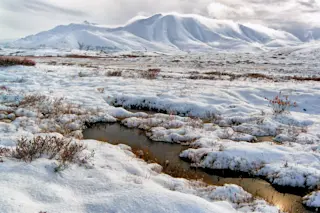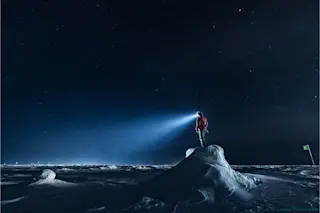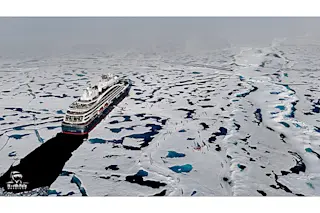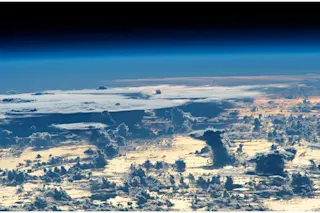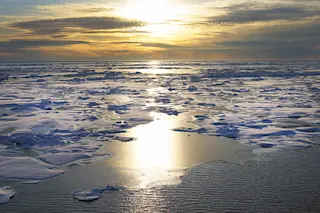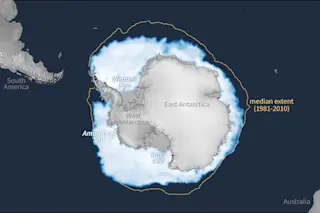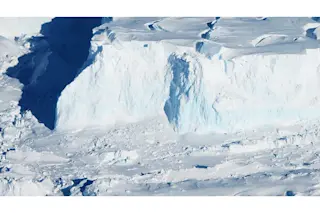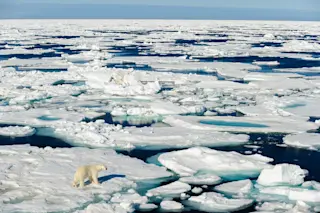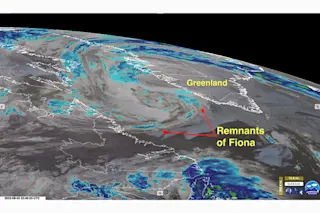See more stories and multimedia from Lake Whillans in this special report.
U.S. Team Penetrates Subglacial Lake Whillans
Explore the latest findings in the Lake Whillans special report, showcasing stunning images and multimedia from Antarctica.
More on Discover
Stay Curious
SubscribeTo The Magazine
Save up to 40% off the cover price when you subscribe to Discover magazine.
Subscribe


